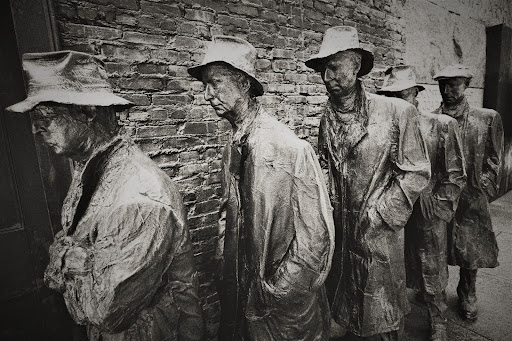Andrew Denney Briefly Covers the Recent Bank Collapses

Open up a history book covering the 20th century, and you’ll likely find some mentions of runs on banks. During the Great Depression, collapsing banks were common, and many people lost their savings. Yet many consumers and even some economists and business leaders have long assumed that bank collapses were a relic of history. However, recent events prove that to be untrue, and finance expert Andrew Denney of Springfield, MO, explains what happened.
“The finance system today is much more stable and secure than the finance system of the early 20th century,” says Denney. “That said, it is important to remember that the banking system is not perfect or invulnerable. There are always risks.”
Silicon Valley Bank (SVB) was considered a premier bank for a long time and was especially well-known for working with startups and tech companies. Most people assumed that the bank was on solid footing, and until recent weeks, few suspected that the bank could collapse. Then on March 9th, seemingly within a blink of an eye, the bank was overwhelmed by withdrawal requests, and the government had to step in.
SVB wasn’t the first bank to collapse that week. That honor would go to Silvergate, a popular bank among crypto-investors and companies that announced that it was winding down operations. Further, after Silicon Valley Bank closed shop, Signature Bank in New York also shut down.
“The speed in which SVB and other banks shut down is somewhat alarming but also to be expected,” says Andrew Denney. “When these events happen, they can happen quickly, and with bank runs, in particular, once momentum builds, it’s difficult if not impossible to stop.”
Explaining Why SVB Collapsed So Quickly
Most banks today operate based on fractional reserve banking, which means they keep only a fraction of their depositions on hand to cover withdrawals. The rest of the money is invested in producing profits. A bank might lend out money in the form of mortgages or could pick up bonds that generate interest, for example.
“Fractional reserve banking has helped fuel our economy and is a vital component of our financial system,” explains Denney. “That said, it does leave banks vulnerable to bank runs. If everyone tries to withdraw their money at once, the bank won’t be able to cover the deposits and could collapse.”
A bank run refers to a situation in which everyone rushes to pull all of their money out at once. Bank runs can be psychological, creating a herd effect. Some people get nervous and start to withdraw money, which makes others nervous, and start withdrawing money. Suddenly, there’s a feedback loop pushing the bank toward collapse.
“You’d have to pour through the data to see if the collapse was inevitable with SVB and other banks too,” notes Andrew Denney. “But without the psychological factors and the resulting bank run, it’s unlikely that the bank would have collapsed so quickly.”

